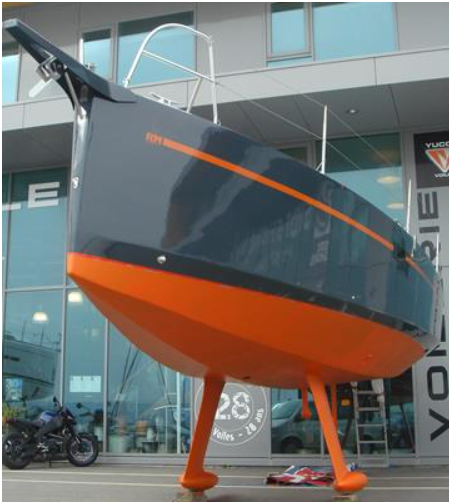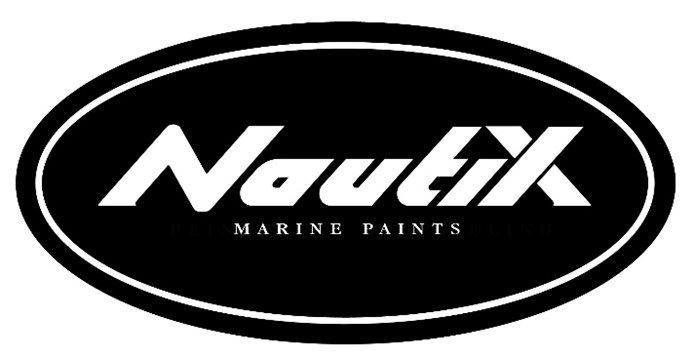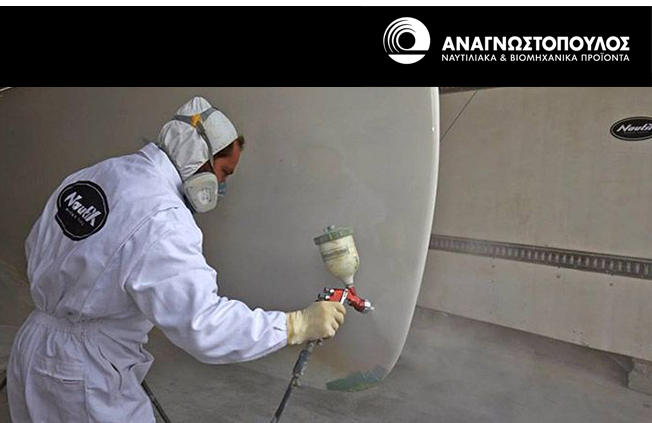Application Guidelines for Antifouling Paints
Antifouling paints
The antifouling paints have been developed to protect boat hulls against fouling. And because they impact the environment, these paints crystallize attention of boat owners and associations.The annual consumption of antifouling applied over yachting boats (sailing & motor) has been estimated at about 0.4% of biocides global consumption used in France: agriculture & Construction industry & Water treatment(90%),maintenance of road network and railway (3%), gardening and others (7%).Between the need of hull protection and the environmental impact, these active substances should be viewed based on a benefit / risk analysis related to the uses of boat owners.

Why do we use antifouling paint?
Once a boat is lifted into the water, the hull will suffer from bacteriological attacks after few minutes only. And after about one week, there will be a build-up of bacteria which will form favorable substrate for the appearance and development of the first shells and algae.If the hull is maintained in good condition, it is first for safety reason: Seaweed and seashells may cause drag that could destabilize boat maneuverability.On merchant ships and other commercial vessels, it has been determined that sea-drag coefficient caused by dirty hull can increase from 30% to 80%.Antifouling paints are also required to improve the low friction surface and therefore reduce fuel consumption. They also prevent premature engine wear.Finally, it is an environmental obligation to prevent the spread of invasive species in different ecosystems crossed by boats.Today each antifouling manufacturer has to declare their products to Authorities. Since 2016, these companies submit their formulas and their impact studies to obtain a marketing authorization (MA) in France and Europe.It is important to note that copper and its derivatives are active substances and are an integral part of the European biocide regulation. Although copper is a natural element, it remains impacting for environment. Article R522-39 of environmental code states: “Advertisements for biocidal products shall not refer to the product in a manner which is misleading in respect of the risks from the product to human health, animal health or the environment or its efficacy. In any case, the advertising of a biocidal product shall not mention ‘low-risk biocidal product’, ‘non-toxic’, ‘harmless’, ‘natural’, ‘environmentally friendly’, ‘animal friendly’ or any similar indication.
Promoting a “biological” or “ecological” antifouling on the market is strictly forbidden.
What are the different options for the future?
Unfortunately, there is no alternative product or technical option (brushing machine,…) on the market with cheaper cost/efficiency ratio than antifouling paints for the moment.However, this is a moralobligation for Nautix to achieve it by investing heavily in research and development. Thus, programs like “Paint clean”, “Eco paint” and “BioPainTrop”, which have been supported by the competitiveness cluster “Pôle Mer Bretagne”, progress in development of antifouling paints without biocides.In the medium term, the legislature certainly will oblige producers to limit the rate of active substances in their paints.In the short term, every boat owner should take responsibility, and subject themselves to simple rules based on the use of his boat:
- Favour hard matrix rather than self-polishing antifouling.
- Adjust quantities according to the knowledge of your sailing area.
- If your boat is not sailing more than 3 months per year, one layer of antifouling maybe recommended. To get one-year protection, apply 2 thick layers of antifouling.
- Avoid products overloaded with copper which release unnecessarily.
- Use dedicated maintenance areas for painting jobs (no “wild” painting).
- Do not add other components to the antifouling (Strictly forbidden and subject to legal prosecution).








